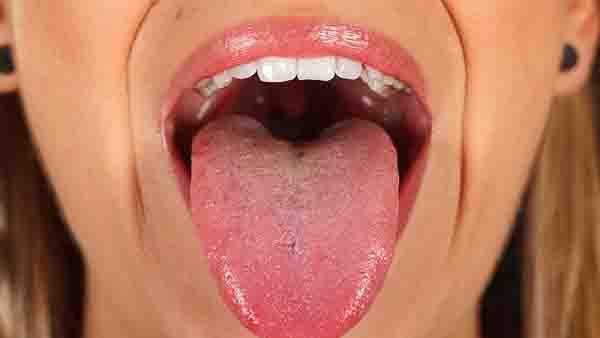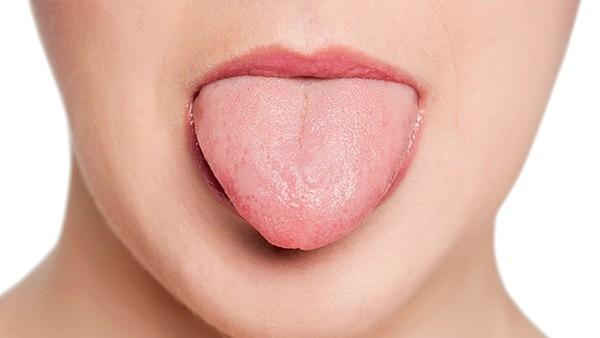美国怎么治舌癌
 舌癌疾病编辑
舌癌疾病编辑
 舌癌疾病编辑
舌癌疾病编辑
Introduction:
Tongue cancer, also known as oral cancer, is a serious condition that affects a significant number of individuals in the United States. This article aims to explore the various treatment approaches used to combat tongue cancer, highlighting the United States' efforts and advancements in this field.

1. Early Detection and Screening:
Early detection plays a crucial role in the successful treatment of tongue cancer. In the United States, various screening programs and awareness campaigns educate people about the importance of regular oral check-ups. Dentists and healthcare professionals are trained to identify potential signs and symptoms of tongue cancer, such as red or white patches, mouth sores that do not heal, and persistent pain.
2. Diagnosis and Staging:
Upon suspicion of tongue cancer, further diagnostic procedures are carried out to confirm the presence of cancer cells and determine the stage of the disease. These procedures may include biopsies, imaging tests like CT scans, PET scans, and MRI scans. Accurate staging allows healthcare professionals to plan appropriate treatment strategies.
3. Surgical Intervention:
Surgery is often the first-line treatment for individuals with tongue cancer, especially in early stages. Depending on the size and location of the tumor, surgeons may perform partial glossectomy (removal of a portion of the tongue) or total glossectomy (removal of the entire tongue). In some cases, reconstructive surgery may be required to restore speech and swallowing functionality.
4. Radiation Therapy:
Radiation therapy is an essential component of tongue cancer treatment. Precisely targeted radiation beams are used to shrink tumors, relieve symptoms, and eliminate remaining cancer cells after surgery. External beam radiation therapy and brachytherapy (internal radiation) are common approaches used in the United States for tongue cancer treatment.
5. Chemotherapy and Targeted Therapy:
In advanced stages of tongue cancer or cases where the disease has spread to other parts of the body, chemotherapy drugs may be administered. Chemotherapy is often combined with other therapies, such as radiation therapy, to maximize effectiveness. Furthermore, targeted therapies aim to attack specific cancer cells while minimizing damage to healthy cells, offering new hope for patients.
6. Immunotherapy:
Immunotherapy has emerged as a promising treatment option in recent years. It stimulates the patient's immune system to recognize and destroy cancer cells, supporting the body's natural defenses. Different forms of immunotherapy, including immune checkpoint inhibitors, are being researched and utilized in the United States to combat tongue cancer.
7. Supportive Care:
Throughout the treatment process, supportive care plays a vital role in managing the side effects of treatment and improving patients' overall quality of life. Rehabilitation, counseling, nutritional support, and pain management programs are among the comprehensive supportive care services provided in the United States to help patients cope with the challenges of tongue cancer treatment.
Conclusion:
The treatment of tongue cancer in the United States has seen significant advancements in recent years. Through a multidisciplinary approach, incorporating surgery, radiation therapy, chemotherapy, targeted therapy, and immunotherapy, healthcare professionals strive to improve patient outcomes. Additionally, early detection, screening programs, and comprehensive supportive care services further contribute to the fight against tongue cancer and its impact on individuals and their families.



